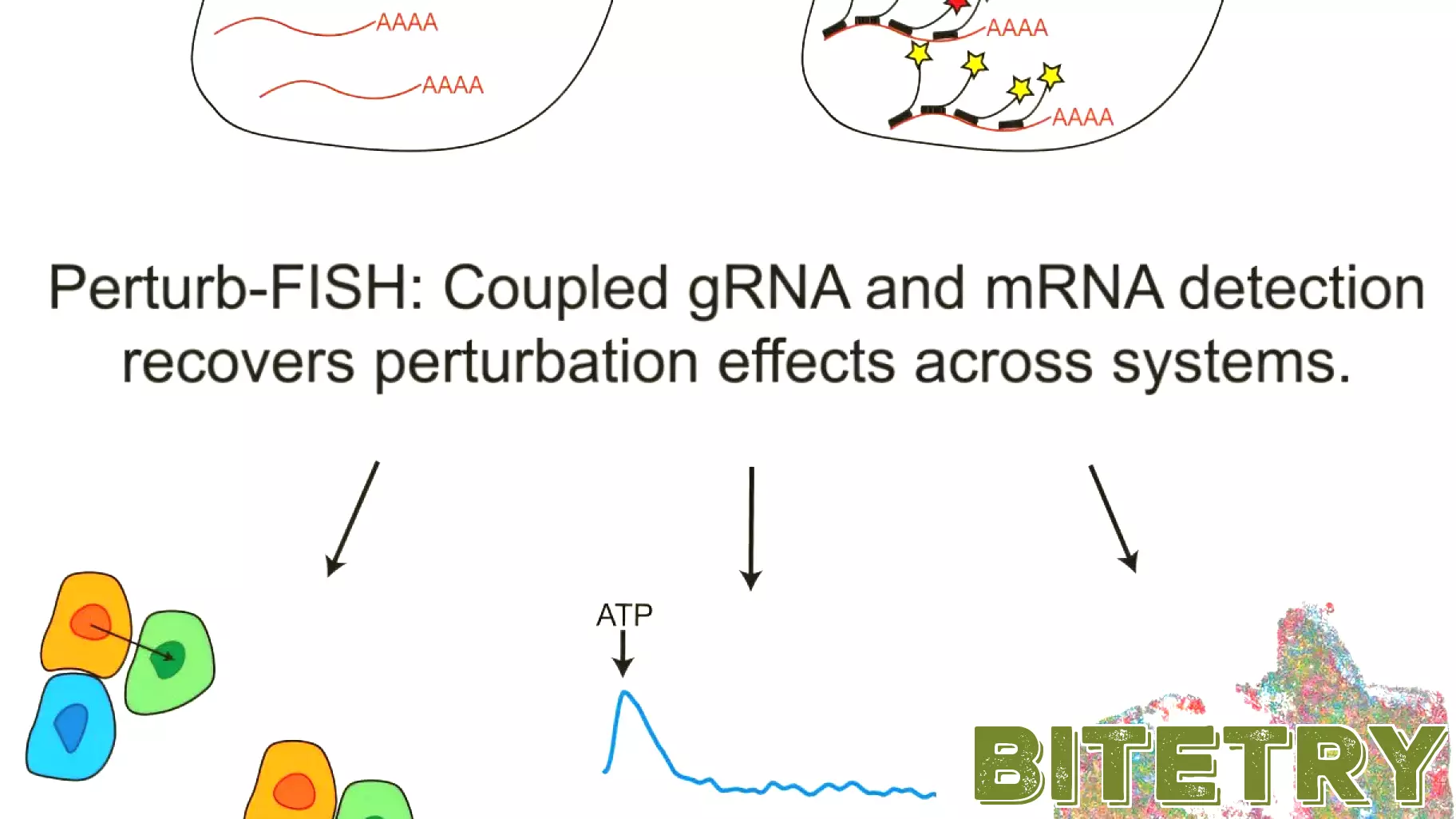Innovative Advances in CRISPR Screening with Spatial Technology
March 12, 2025 - 18:39

Recently, scientists have made significant strides in exploring gene circuitry within individual cells by employing innovative techniques that suppress specific genes and assess the resulting effects on the expression of other genes. These advancements enhance the understanding of complex genetic interactions and cellular behaviors, providing a more nuanced view of gene function.
One of the key breakthroughs involves the integration of spatial technologies into CRISPR screening processes. This allows researchers to visualize and analyze gene activity in the context of the cellular environment, revealing how spatial organization influences gene interactions. By mapping gene expression patterns in relation to cellular architecture, scientists can gain insights into the regulatory networks that govern cellular functions.
This cutting-edge approach not only improves the accuracy of gene editing but also opens new avenues for investigating diseases at a cellular level. As researchers continue to refine these techniques, the potential for breakthroughs in personalized medicine and targeted therapies becomes increasingly promising, paving the way for more effective treatments in the future.
MORE NEWS

December 14, 2025 - 02:31
Is Micron Technology Stock Set to Continue Its Surge Before December 17?Shares of the memory specialist Micron Technology have seen a remarkable increase, tripling in value throughout the year. Investors are now left wondering whether this upward trend can persist as...

December 13, 2025 - 12:55
Advancements in Firefighting: Hydrogel Technology Takes Center StageOklahoma State University is pioneering the future of fire suppression technology with innovative hydrogel solutions, thanks to a recent NSF EPSCoR Research Fellows award. Led by Shen, an assistant...

December 12, 2025 - 23:27
US Stock Market Experiences Volatility Amid Shift Away from Tech GiantsUS equities displayed notable fluctuations on Friday as major technology stocks faced a downturn. Investors began to pivot their focus towards other sectors, particularly favoring traditional...

December 12, 2025 - 03:49
HIMS Expands Its Tech-Driven Care with New Diagnostics and Hormonal TreatmentsHIMS has announced significant enhancements to its technology-driven personalized virtual care services, marking a major step forward in accessible healthcare. The company is now offering a broader...